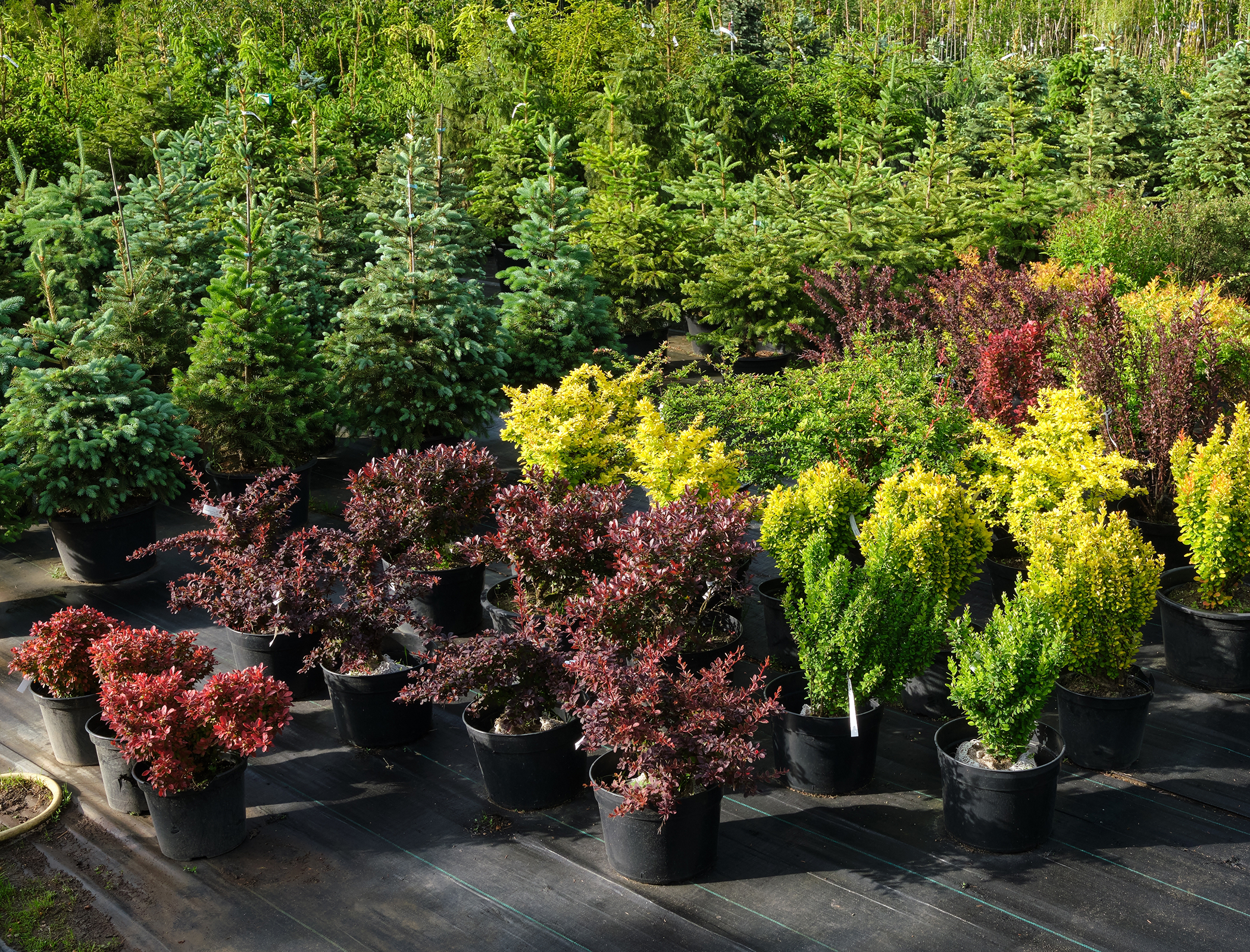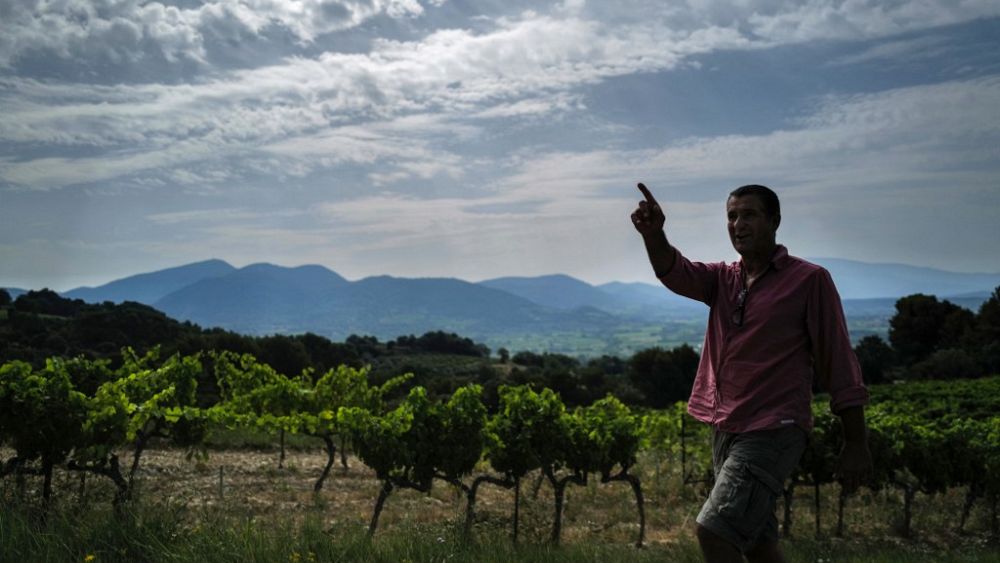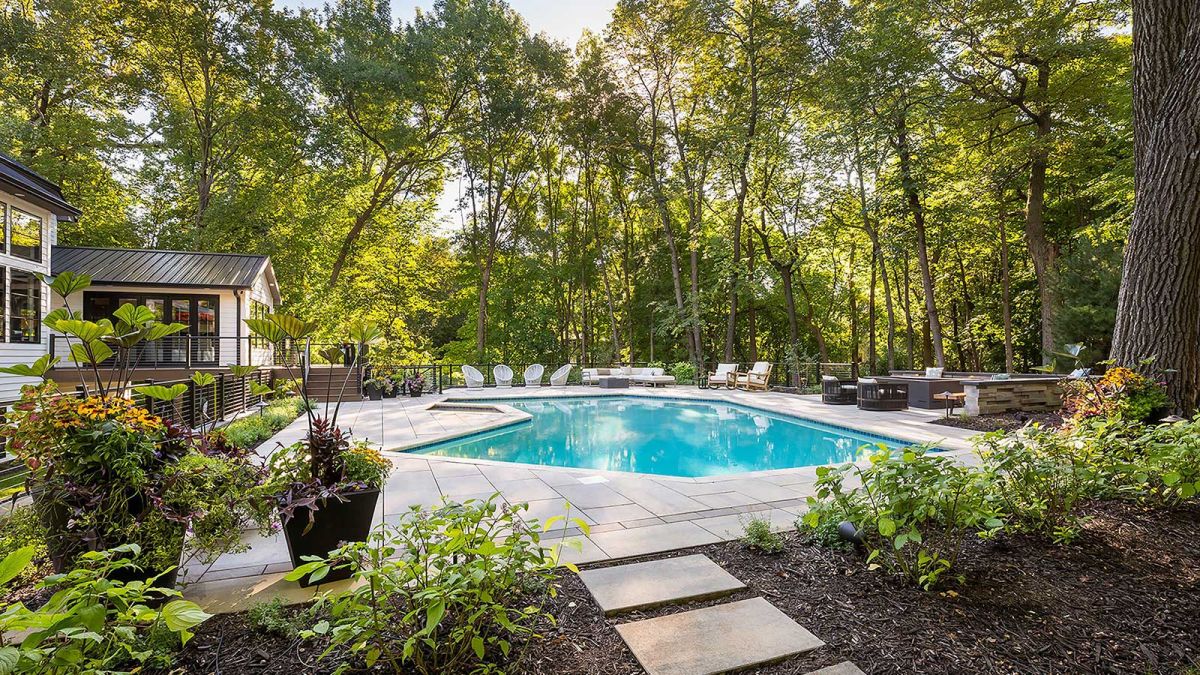U.S. local weather expertise startup Dwelling Carbon has been creating genetically engineered poplar bushes that it says can take up extra carbon and higher resist fungal decomposition than management crops – a possible software within the local weather disaster.
Some specialists say the corporate lacks long-term subject information and is speeding to commercialize its “supertrees,” doubtlessly placing different species in danger.
Regardless of such issues, Dwelling Carbon goes forward and planting blended forests that embrace its GE bushes, funded by carbon offsets.
“O poplar tree, O poplar tree, how carbon-dense are thy branches …”
Bushes are a significant software in our combat in opposition to local weather change by sucking up carbon dioxide, however one firm is taking them a step additional: genetically engineering bushes to sequester much more carbon. U.S. local weather expertise startup Dwelling Carbon is creating genetically engineered seedlings of a hybrid poplar that it says can accumulate as much as 53% extra biomass than management crops and thereby take up 27% extra carbon.
Vegetation use daylight to show water and carbon dioxide into oxygen and sugar, a course of referred to as photosynthesis. Dwelling Carbon says its bushes, a hybrid of the frequent aspen (Populus tremula) and white poplar (P. alba), can do it higher with genetic modifications to spice up its photosynthetic efficiency.
This resolution emphasizes the potential function of artificial biology in local weather adaptation and carbon removing, and whereas the tweaking of bushes’ genome has many proponents, not everyone seems to be satisfied. Critics warn these GE bushes may result in environmental harm and unfold exterior of plantation areas.
Sucking carbon, slowing decay
Based in 2019, Dwelling Carbon has began sturdy. After receiving a $500,000 grant from the U.S. authorities in 2021, the San Francisco-based group raised $21 million, pledging to seize 604 million metric tons of CO2 — or 1.7% of 2021 international annual emissions — from 2023 to 2030.
People have lengthy used selective breeding to enhance particular traits of crops, together with edible crops, mentioned Maddie Corridor, who left U.S analysis group OpenAI to create Dwelling Carbon with paleobiologist Patrick Mellor.
“We’re not modifying bushes for herbicide resistance or to introduce particular slim traits which are conducive to monocultures of our bushes alone,” she mentioned. “As a substitute, we’re introducing normal traits that improve development charge — with slowed decomposition subsequent within the pipeline, that are useful to any tree.”
In addition to carbon seize, Dwelling Carbon is boosting bushes’ capacity to build up metals like nickel or copper from poisonous soils to higher resist fungal decay. The group, which mentioned it had seen a 97% survival charge of its seedlings on its deserted mine planting tasks, plans to have greater than 4 million seedlings within the floor by early 2024.
“We consider that biotechnology can have integrative and restorative results on ecosystems when practiced with intentions aside from maximizing crop yield inside a monoculture,” Corridor mentioned.
However specialists are questioning the flexibility of those “supertrees” to stay as much as their guarantees with out damaging surrounding ecosystems.
‘Over-the-top hype’?
In September, organizations with the Marketing campaign to STOP GE Bushes mentioned in a report that the one scientific examine discussing Dwelling Carbon’s analysis was the corporate’s personal white paper, which was not initially peer-reviewed. The critics additionally mentioned the corporate had failed to indicate that its GE bushes may proceed to develop at an elevated charge all through their lifetime.
“We initially revealed our white paper on [biology preprints server] bioRxiv as a result of we needed to make the analysis accessible to everybody on the time the corporate launched publicly,” Corridor mentioned. “The paper has since been peer-reviewed and revealed in a particular version of Forests.”
Anne Petermann, the marketing campaign coordinator and director of the World Justice Ecology Venture (GJEP), says she continues to have sturdy reservations concerning the venture.
“In addition to my issues about their nonchalant perspective about altering the evolutionary trajectory of bushes, I’ve discovered their hype to be a bit over-the-top,” she wrote to Mongabay, including that even one in every of Dwelling Carbon’s key companions was “uncomfortable.”
Citing molecular geneticist Ricarda Steinbrecher, Petermann mentioned genetic engineering may create quite a few sudden results, together with mutations and alterations within the genome of GE bushes “that occur not simply for the time being of transformation, however over time, and never simply to the organism itself, however doubtlessly to progeny.”
However Corridor mentioned Dwelling Carbon’s poplars can be unable to supply pollen — since all of the GE bushes are feminine.
Nonetheless, even when that did happen, she mentioned, “the dangers can be restricted to a localized enhance in accumulation of biomass,” as a result of the opposite tree species planted by the corporate aren’t carefully associated sufficient to fertilize the GE bushes.
Petermann famous that poplars, particularly, can reproduce vegetatively and resprout from the stump as properly: “They are going to finally cross nationwide or tribal boundaries.”
Highlighting a rising movement of details about “the crucial significance of fungal pathways in forest soils in facilitating communication between and amongst bushes, to not point out in storing carbon in forest soils and offering vitamins to different bushes,” she mentioned Dwelling Carbon’s “supertrees” may have an evolutionary benefit over non-GE poplars — reminiscent of the flexibility to achieve daylight sooner.
“Rot-resistant bushes disrupt the pure cycle in methods that aren’t understood in any respect,” Petermann mentioned.
“That is particularly problematic in an organism like a tree that lives or can stay for such a very long time and interacts with so many different organisms,” she added, emphasizing the necessity for subject trials that final many years and canopy a number of generations of bushes.
USDA’s inexperienced mild raises purple flag
Dwelling Carbon has begun business pilot planting to evaluate the efficiency of its seedlings “in eventualities extra akin to real-world planting,” Corridor mentioned. Dwelling Carbon isn’t planting a monoculture, however blended forests, with a complete of 12 species included in its carbon venture plantings thus far. To this point, it has planted round 8,900 photosynthesis-enhanced hybrid poplar bushes amongst blended plantings within the states of Georgia and Ohio. GE bushes make up for about 5% of their plantings.
However this debunks the corporate’s claims, in response to Petermann: “How can they presumably declare to have the ability to confidently retailer and measure [carbon] if their ‘53% sooner rising bushes’ are just one a part of a matrix of bushes?”
The U.S. Division of Agriculture (USDA) just lately concluded that these “supertrees” didn’t must be regulated as genetically modified organisms (GMOs) and could possibly be commercially planted.
But, for Petermann, the company gave Dwelling Carbon’s bushes a cross below “extraordinarily arcane” guidelines developed within the Nineteen Eighties to deal with whether or not a GMO plant could also be a “plant pest threat.” Dwelling Carbon makes use of a distinct expertise that the USDA hasn’t evaluated, she mentioned: the “gene gun” technique, which fires microscopic “bullets” coated with genetic materials into the cells.
“The consequence is identical: new genes are launched into the DNA with the entire related harm to the genome … and the entire unpredictable impacts that it’s going to trigger,” Petermann mentioned. “It isn’t that the USDA thought these bushes have been protected; they only mentioned that they have been exterior of their mandate.”
In contrast, the same genetic-engineering effort, to impart blight resistance to the American chestnut tree (Castanea dentata), a species decimated by a pest fungus, has been awaiting approval for launch since 2020.
Promoting carbon credit, or treading warily
To fund its tasks, Dwelling Carbon sells carbon credit to entities desperate to offset emissions valued on the carbon that its bushes will doubtlessly suck up.
In line with the Boston Consulting Group (BCG), the voluntary carbon market could possibly be value as much as $40 billion by 2030, up from $2 billion in 2021. However carbon offsets have just lately sparked issues round their lack of transparency, potential adversarial impacts on native communities, or the truth that they could give polluters a license to emit.
“We’ve ahead agreements for carbon credit that will probably be delivered in 2024 and 2025,” Corridor mentioned. “That is customary apply in carbon removing and renewables and needed to acquire venture financing.”
She added nearly all of gross sales have been instantly negotiated with company patrons, whereas some have been made by platforms like Watershed or Patch.
“We’re within the strategy of submitting a few of our tasks for verification with the American Carbon Registry [ACR], and exploring next-generation methodologies reminiscent of [nonprofit organization] BCarbon that could be a greater match for future tasks,” Corridor mentioned.
For Petermann, the “carbon credit, which they first mentioned have been verified by Verra … increase extra flags.” A latest investigation into the world’s main carbon customary discovered that greater than 90% of Verra’s rainforest offset credit have been probably nugatory.
“This makes Dwelling Carbon’s gross sales pitch doubly troubling,” Petermann added. “There is no such thing as a upside that I can see.”
Pressing options for pressing instances
Robin Chazdon, a professor of tropical forest ecology on the College of the Sunshine Coast in Australia, mentioned GE tree planting for carbon sequestration could attraction to futuristic traders, however is “very dangerous and vulnerable to failure.”
She mentioned GE bushes are extra inclined to ailments and herbivores. Furthermore, their lack of genetic variety could weaken them within the face of environmental challenges like local weather change.
As well as, Chazdon mentioned that “bushes engineered to develop shortly have low wooden density and brief life spans typically, so the general quantity of carbon saved is low, notably if they’re harvested after a number of years.”
“In the long run, you’ll not get a forest out of it both, so the potential for a number of advantages — biodiversity, revenue technology for native individuals, use of bushes for meals or firewood— won’t be doable,” she added. “There are numerous [other] efficient options that may be adopted together with decarbonizing power sources.”
Invoice Laurance, a analysis professor at James Prepare dinner College in Australia, mentioned the world tends to get “overly freaked out” about GE organisms.
“Taking part in God is dangerous, however people have truly been doing it for 1000’s of years,” he wrote in an e mail to Mongabay, whereas including that “ecological engineering” approaches could be prohibitively costly and solely have modest advantages.
However, he mentioned, “As a bunch, bushes seize and retailer extra carbon than some other sort of organism, so I feel it’s cheap to concentrate on bushes as a possible means to cut back atmospheric carbon ranges.”
“They’re not a one-size-fits-all software, however bushes are positively going to be a part of any viable local weather resolution,” Laurance mentioned.
Banner picture: Modifying plant genes is sparking issues: Is it a dangerous method or a potent local weather resolution? Picture by Robert Murray through Unsplash (Public area).
Quotation:
Tao, Y., Chiu, L., Hoyle, J. W., Dewhirst, R. A., Richey, C., Rasmussen, Ok., … Corridor, M. E. (2023). Enhanced photosynthetic effectivity for elevated carbon assimilation and woody biomass manufacturing in engineered hybrid poplar. Forests, 14(4), 827. doi:10.3390/f14040827
CODE: GOKU1122



